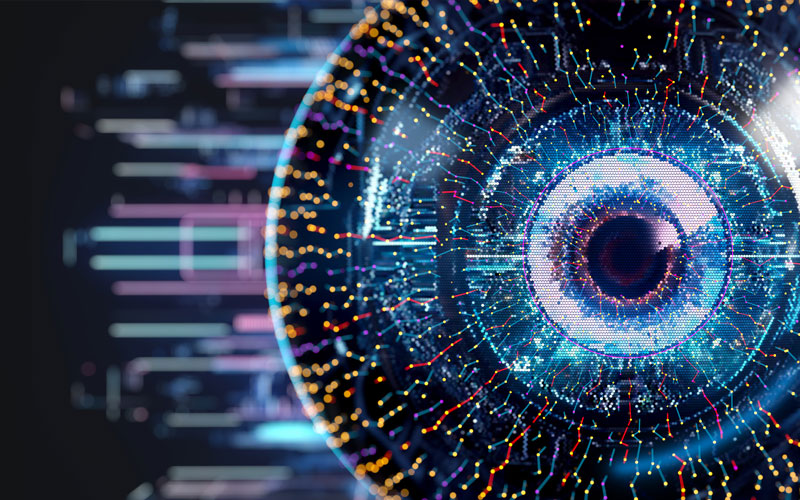Introduction
In the realm of technology, computer vision stands out as a pivotal innovation, revolutionizing the way machines interpret and understand visual information. This interdisciplinary field combines elements of artificial intelligence (AI), machine learning, and image processing to enable computers to interpret and make decisions based on visual inputs. From autonomous vehicles to advanced medical imaging, computer vision is driving significant advancements across various industries.
Understanding Computer Vision
Computer vision is a branch of computer science and artificial intelligence focused on enabling machines to process and interpret visual data as humans do. At its core, it involves the development of algorithms and models that can analyze images and videos to extract meaningful information. The ultimate goal is to enable computers to “see” and understand the visual world, facilitating a wide range of applications.
Key Components of Computer Vision
Image acquisition is the initial step in computer vision, where visual data is captured using cameras or sensors. The quality and resolution of the captured images significantly impact the effectiveness of subsequent processing.
Preprocessing is essential before analysis, where images often require enhancements to remove noise and improve quality. Techniques such as normalization, filtering, and contrast adjustment are employed to prepare the data for more accurate interpretation.
Feature extraction involves identifying and extracting key features from the image, such as edges, textures, and shapes. These features are crucial for distinguishing different objects and patterns within the visual data.
Object recognition is one of the primary goals of computer vision, involving the identification and classification of objects within an image. Advanced algorithms and machine learning models are used to recognize objects, faces, or specific patterns, often leveraging deep learning techniques.
Image segmentation is the process of dividing an image into segments or regions based on criteria such as color or texture. Segmentation helps in isolating and analyzing specific parts of an image, making it easier to perform tasks like object detection and tracking.
Post-processing involves refining results and enhancing accuracy after the initial analysis. Techniques such as image enhancement or integration with other data sources may be employed to improve outcomes.
Applications of Computer Vision
In autonomous vehicles, computer vision is a cornerstone technology. Vehicles equipped with computer vision systems can detect and recognize road signs, pedestrians, other vehicles, and obstacles, enabling safer and more efficient navigation.
In healthcare, computer vision plays a crucial role in analyzing medical images such as X-rays, MRIs, and CT scans. It aids in diagnosing diseases, detecting anomalies, and planning treatments with greater precision.
Facial recognition technology, powered by computer vision, is widely used in security and authentication systems. Algorithms can identify and verify individuals based on facial features, enhancing security measures in various applications, from smartphones to access control systems.
Retail and e-commerce industries are also benefiting from computer vision. It enables features such as automated checkout systems and personalized shopping experiences. Additionally, computer vision can analyze customer behavior, track inventory, and provide virtual try-on options.
In agriculture, computer vision assists in monitoring crop health, detecting pests, and optimizing farming practices. Drones equipped with computer vision systems capture high-resolution images of fields, providing valuable insights for precision agriculture.
Challenges and Future Directions
Despite significant progress, several challenges remain in the field of computer vision. These include handling variations in lighting conditions, managing occlusions, and improving the robustness of algorithms. Ethical considerations related to privacy and data security are also crucial as computer vision systems become more integrated into daily life computerworld.biz/.
Looking ahead, the future of computer vision is promising. Advancements in deep learning, neural networks, and hardware capabilities continue to drive innovation. Emerging trends include the integration of computer vision with augmented reality (AR) and virtual reality (VR), as well as its application in new fields such as robotics and smart cities.
Conclusion
Computer vision is a dynamic and rapidly evolving field that continues to push the boundaries of what machines can achieve. Its applications span various industries, offering transformative solutions and enhancing the way we interact with technology. As research and development in computer vision progress, we can expect even more innovative and impactful applications, driving further advancements in the digital age.
